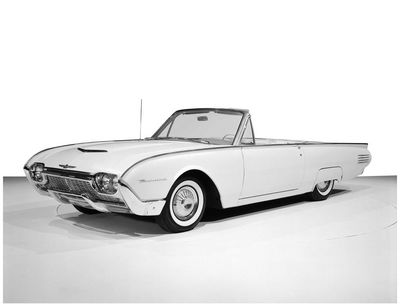OK. If you jagoffs are done farting around, back to business. Chairman Marty has delivered himself of another installment of old-head wisdom. I.e.,
Based on a phone call inquiring about the probable smoking properties of a specific pipe maker, I have decided that wood, i.e., briar, will be the topic in this highly educational, maybe even motivational, series.
The caller said briar was a mystery to him. Of course it is. It's a mystery to everybody, and no people more than pipe makers. I may have broken this guy's heart when I told him that whatever brand pipe he buys, at whatever price, the quality of smoke it provides will be a crap shoot.
Wood grown in the ground, is subject to the vicissitudes of soil, air, air-temp., water amounts, and intervals between watering, the fertility of the land and lots of other things I can't think of. It is, I suppose, much like grapes in some respects, which can produce such different wines from very neighboring plots.
I'll tell you this...almost everything you read about briar vis a vis smoking pipes is probably either wrong or questionable.
Let me give you one example. In any number of ads, I saw one pipe brand advertising that they used only the finest Corsican briar. Two things wrong with that.
One is, if all the people who claimed to use Corsican briar actually did, that small Island would be denuded of flora. Number two is that I have certain knowledge that the claim is false, if not an outright lie. I saw their signatures on the pad in the Stanwell factory in Borup, Denmark that hung from the wall in the briar warehouse and listed exactly how many pieces of briar they bought from that Stanwell stock. Stanwell doesn't use Corsican briar. They bought Greek or Moroccan briar. I trust that they bought it in order to make pipes.
Forget the Corsican myth, not that Corsican briar isn't good. It has the potential to be as good, or as bad, as briar from everywhere else. (Except Mission Briar, which was harvested in the Santa Cruz Mountains during WWII when Mediterranean briar was unavailable. Another reason to avoid war. I smoked a Kaywoodie made of Mission Briar. It was awful. "Mission Briar" is a close cousin to the Mediterranean Erica Arborea...just not close enough.)
So, now you know that briar can be good, mediocre or bad, depending on the piece of briar. The way to find out is to load the chamber with tobacco and light it. This method is foolproof. On the other hand, it does tend to require the purchase of the pipe beforehand. Ay, and there's the rub.
(This is not entirely true, I have been told more than once. If, when the pipe maker is working with the briar on a disc or belt sander the wood emits a sweet smell, it is almost a sure thing that the piece of briar will smoke sweet, as well. But, what can a pipe maker do? He can't say, "this pipe is going to smoke great. It even smells sweet." To do that would be to imply that all the other pieces are less good. It would bring his business to a near immediate standstill. It's the old Pete Rose syndrome.)
The above exposition, if that's what it is, is exceedingly short, matching my fuse right now, so I'll go on to a concluding thought.
Outside of not coating bowls (see Greg Pease's articles on this touchy subject, with which I am in complete agreement), perhaps the most important, controllable, factor in creating wood with a good smoke is aging the briar. This is in dispute and as no two pieces of briar are exactly alike, I don't know how you could begin an experiment to test this hypothesis. Yet, it is this aspect of the old, revered pipe companies, such as Barling and Dunhill, that have created such legendary smokes, I believe. These companies, almost all of them in England, would buy enough wood for the long term...maybe a decade's worth, and throw it into a warehouse and let time reduce the young briar's excess moisture. And what is it about aging (or curing) wood that makes this difference?
I think it's all the things...the air, some being saltier than other, for instance, the pests that piss on the long-standing woodpile, etc. This imparts a character to the briar that can not be duplicated merely by drying the wood to a specified moisture content in the 6 mos. or so required to achieve that result. That's what I believe, and that's what many others believe. Just as many don't believe it, including some exceptional and veteran pipe makers. And while a pipe that is gorgeous in my eyes is impossible for me to resist, almost all of my pipe money goes into older pipes. Individual artisans can rarely afford the investment in a lot of wood that would allow for multi-year aging, and if they could, where would they find the space? But by most standards, I'm old and my thinking may be sclerotic. I won't argue that. You will have to find your own way through this metaphysical pipe world, but maybe this will provide some signposts.
That's about it for now. When I come back from my pipe hunting trip to Europe, I will continue this line with some talk about what you can expect to get for your money when you spend $200, or $300 or $600 or $1,000 for a pipe. (Cut those numbers in 1/2, or more, if discussing used pipes.)
http://www.pulversbriar.com/
:face:









